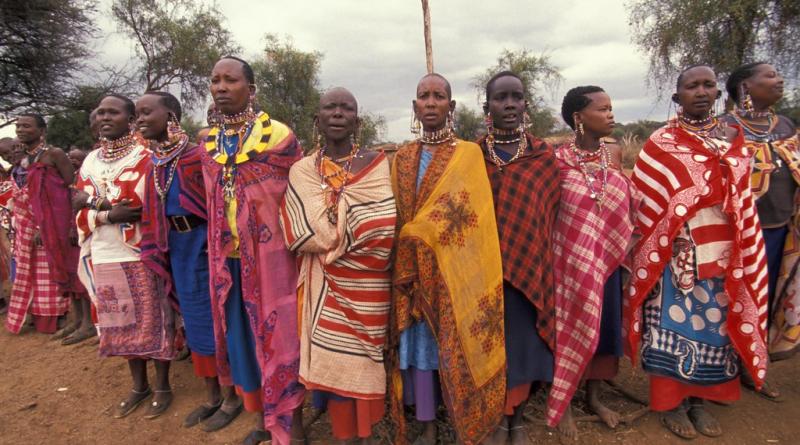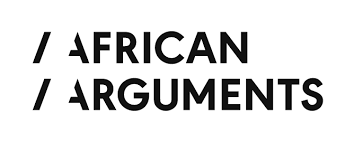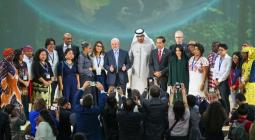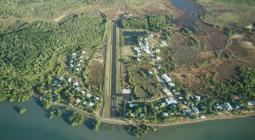All climate action is, ultimately, local. Talks and efforts must reflect that

Local communities are not the beneficiaries of climate action. They are the leaders and experts we must learn from and support.
Those of us working in the environment and climate space sit with bated breath as COP28 approaches. Will we see concrete action, or will world leaders continue to go round in circles?
Either way, this year Africa will go the global climate talks with some united demands. The inaugural Africa Climate Summit, hosted by Kenya in September, shone a spotlight on the continent likely to end up most impacted by climate change. It resulted in the Nairobi Declaration, a Call To Action to rich nations to take responsibility and accelerate financing to the continent.
While the summit was valuable in bringing together African leaders, however, the Declaration lacks the most important perspective: that of Africa’s local communities. The demands in the Declaration are those of States, not of the people whose experiences are what make up the statistics their leaders use to quantify the impact of climate change, and whose livelihoods, homes, health, and lives are at risk. As I write this, my own country, Kenya, is experiencing severe flooding that has already killed dozens and displaced tens of thousands of people while destroying thousands of acres of agricultural land and much infrastructure.
The lack of explicit reference to the local experiences in the Nairobi Declaration is a reflection of how climate change mitigation and adaptation tend to be treated. In the negotiations at COPs, the lived experiences of those experiencing the climate crisis are drowned out by national level commitments. And, after the talks, there’s little downwards accountability to ensure local contributions are not lost in the big picture.
We ought to be much more intentional in how we speak with, and about, local communities and their role in climate action. The recent African Community Conservation Forum gathered local leaders and African conservation organisations to discuss the challenges they face in dealing with the demands, priorities, and perspectives of donors and international stakeholders, and to rethink how conservation plays out. It culminated in the Naivasha Vision, which as of today has been endorsed by 61 locally-led conservation, environmental, and civil society organisations from across Africa.
Running through its principles and approach is the conviction that we must stop speaking of communities as passive beneficiaries. Communities are not mere recipients of state or civil society largesse. They are owners, investors, and primary partners whose decisions about how they use their land can advance or impede global climate efforts. As the direct link between where the shoe pinches, and the wearer of that shoe, their voices and their wisdom must form part of whatever policy choices are made.
We must shift our starting premise to one that acknowledges that local communities know what they are doing, and that we can learn from them. We often hear the term “capacity building”, but communities already have knowledge, skills, and approaches that have worked. It’s well known that despite making up less than 5% of the total human population, Indigenous peoples, and local communities manage and hold tenure over 25% of the world’s land surface and support 80% of global biodiversity. There needs to be far greater respect for this, and trust in individual and organisational capacity to make a difference in peoples’ lives and safeguard their environments. Our job is to strengthen that capacity, but, even more importantly, to build our own capacity as partners to be able to support them better.
Meaningful partnerships will help design policies and interventions that are relevant and responsive to local needs. We must make sure that people doing the work get the space and resources they require. Maliasili’s report “Greening the Grassroots” highlighted that less than 4% of global philanthropic climate finance goes to local organisations in Africa. This is partly because the system is not built to support local conservation organisations. Local organisations need to jump through so many hoops to access the kind of funding they need to sustain, grow, and maximise their impact, and to avoid becoming mere vessels that help donors achieve their own objectives, which are oftentimes misaligned with those of local communities.
Finally, we must create partnerships with local people and organisations that are more equitable. What attitude do we have when we engage with communities and grassroots organisations? How do we treat them? How do we engage with them commercially? How do we ensure that the approaches we are making at all levels are founded on respect, justice, equity, and inclusion? How do we ensure that the partnerships are relational, not transactional? These considerations are absent from the Nairobi Declaration that Africa will take to COP28. They are also rarely adequately considered in so much of our ongoing interactions with local communities in Africa.
Supporting African-led conservation organisations will have an enormous multiplying effect. At Maliasili we work with organisations doing amazing work. MJUMITA in Tanzania, for instance, has organised people across 4,500 villages into community-managed forest associations that support nearly 15,000 households while delivering positive environmental outcomes. COMRED on Kenya’s coast is restoring critical carbon-sequestering mangroves and increasing fisherfolks’ yields by making communities co-managers of natural resources. ReGeCom brings together more than two dozen Mozambican organisations, amplifying community voices in national environmental policy and practice. Association Tsimoka in Madagascar has implemented dynamic agroforestry techniques in eight regions, supporting 600 households, and helping restore the quality of the soil and access to water. There are many more like this.
In a real sense, many of the answers to how we can live with climate change, and even how we might slow its advance, are at community level. We must first think of households, then communities, then landscapes, and only then nations. We must focus on listening to what people who so literally bear the brunt of the climate crisis are telling us and put their ideas at the heart of our global response. If that response is not built up from the bottom, founded on the real needs of local communities, then it lacks the legitimacy and the accountability that is needed for it to be meaningful.






